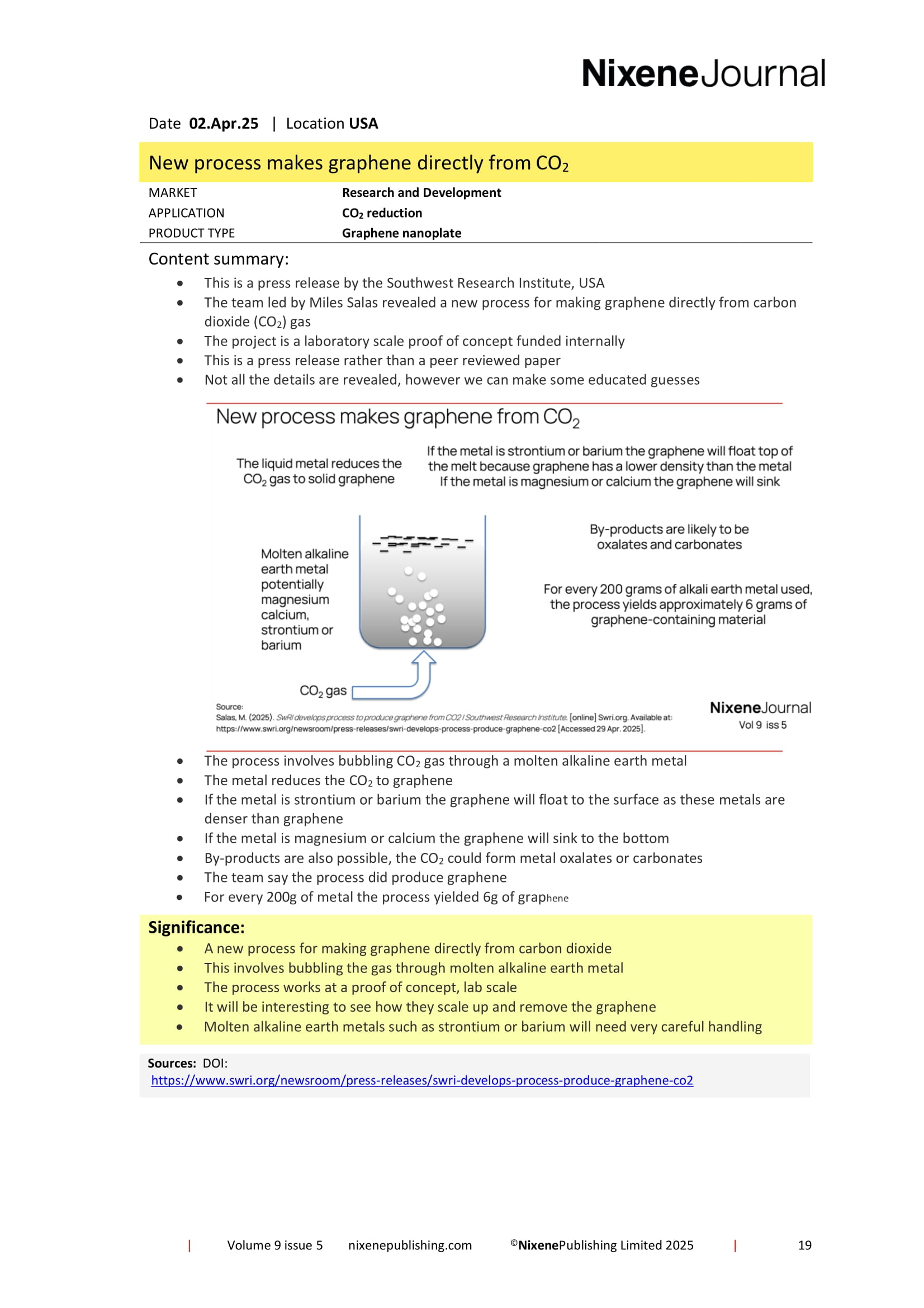Journals
This product is relevant to the following:
Material:
Other:
, ,Locations:
Markets:
Applications:
Product Types:
Technologies:
Related products
-
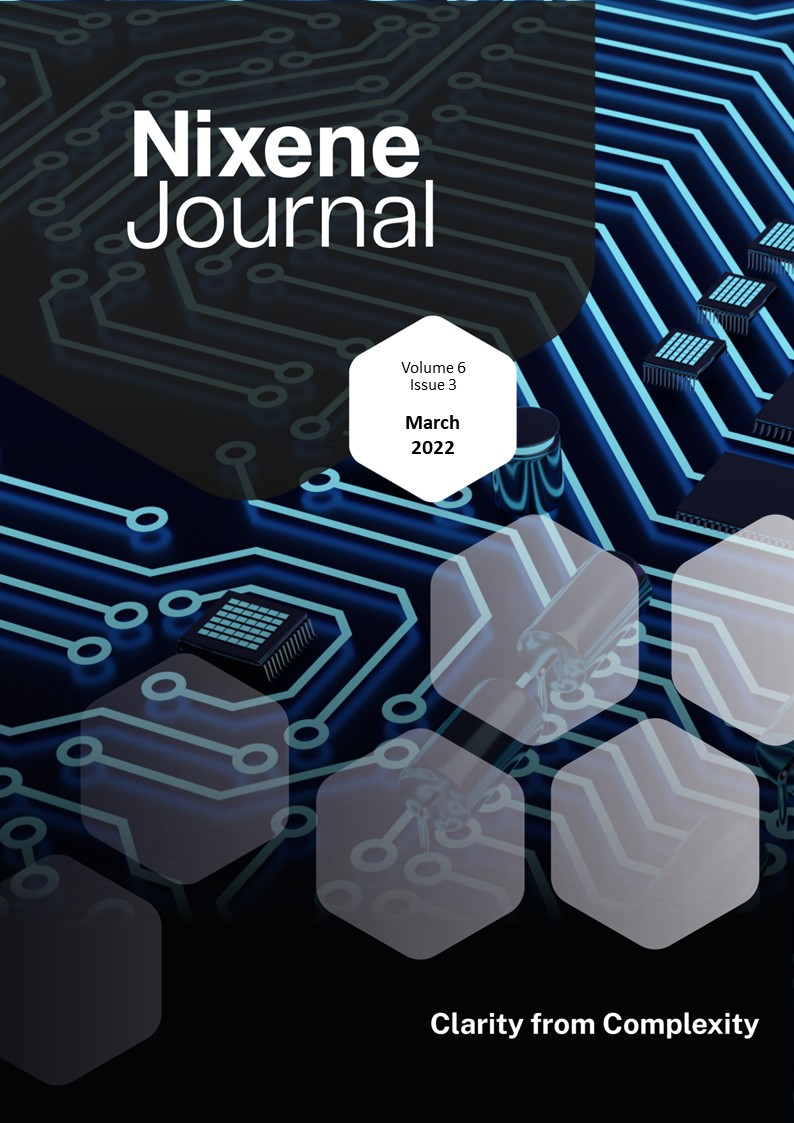
Vol 6 Issue 3
This month Rob and I gained first-hand experience of the benefits of adding graphene to enhance concrete. We were given a tour of the new Mayfield development in Manchester, UK. The site is still under construction, and parts of it are now open to the public. One of these areas is the new mezzanine floor area directly underneath the old Mayfield rail station. We were standing on what seemed to be an unremarkable concrete floor. It becomes remarkable when you know what to look for. We were lucky to have one of the joint MDs Alex McDermott as our guide. The whole floor was constructed and finished in a fraction of the time it would normally take. Also, the floor is flawless, with no expansion joints or cracking. There is also no sign of shrinkage. We knew graphene-enhanced concrete was strong. Now we know there are other benefits emerging. Graphene is the gift that keeps giving. Graphene-enhanced concrete is being trialled in other parts of the world too. In New Zealand, First Graphene has partnered with a particularly active distributor and trial pours are already underway. In the USA, Debbie discovered that the US Army ERDC also has an active interest in graphene enhanced concrete. They are discovering the same strength and fast cure benefits that graphene confers to the finished construction. You can find out more in her special feature. Battery technology continues to be developed. First Graphene and Zentek have both turned their attention to silicon anodes. Silicon is an attractive material to make Li-ion battery electrodes. The problem is it expands by up to 300% when lithium migrates into the crystal structure during charging. Using silicon particles coated with graphene nanoplates seems to mitigate this problem. Transition metal dichalcogenides (TMDs) are another two-dimensional (2D) material. Akanksha Urade wrote a good overview of the technology this month, and separately the Graphene Flagship published an overview of their interest in these materials. They have been working on using TMDs as next generation heat pumps. They can be used in heating and cooling applications and also as thermoelectric generators. This work is still at the early stage, however there are well funded teams working in this research area so we can expect to see meaningful progress in the future. Chemical vapour deposition (CVD) graphene used to be talked about in terms of just a research project. Now we know industrial processes can make graphene films by the kilometre and at high speeds. The development of the technology has matured from academia to industrial R&D. One of the companies in Korea, Charmgraphene has now developed graphene separation and transfer technology to the point where they can make freestanding graphene films at square centimetre scale and in thicknesses ranging from three to ten atomic layers thick. You can read about more of the astonishing progress being made in this field by reading this packed issue. Adrian Nixon, 1st March 2022£45.00 View product -
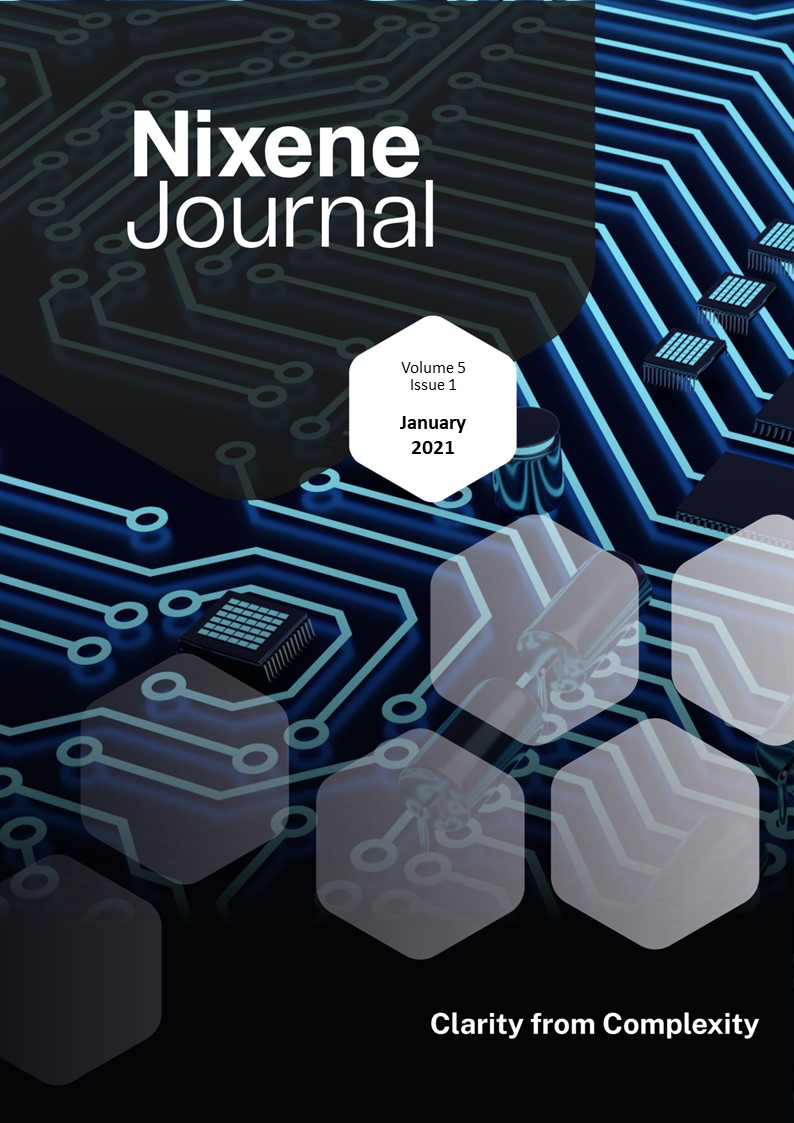
Vol 5 Issue 1
In a previous life I led the market intelligence gathering and analysis for a large international company. I discovered that a good way to find out what the competition and customer organisations would do in the future was to look at the influence the corporate leader had on his or her company. Two new top appointments have been announced this month. First Graphene has a new Chief Executive Officer (CEO) with sales, marketing and growth expertise. Zen has a new CEO and also a Chairman, with skills acquired in financial management and investor relations. It will be interesting to observe the corporate behaviour of these two companies over the coming years. If the skills set of the leadership is a guide then we can expect that by this time next year First Graphene will generate its income from increased sales in diverse markets through organic growth and Zen will have raised more money from a variety of institutional sources focussed on their anti-viral graphene. We’ll watch both companies with interest. Graphene is still throwing up surprises in fundamental science: Andre Geim’s team at the University of Manchester continues to create high quality research. The latest paper in nature explores the way water condenses to a liquid from a vapour inside nanocapillaries made in two dimensional materials. The team showed that as the humidity rises to 80% water suddenly condenses out as a liquid and fills the nanocapillaries. This work may also mean that other graphene surfaces could be affected in a similar way by high levels of humidity suddenly transitioning to a liquid coating. Designers of graphene sensors for the internet of things may want to bear this in mind. A team at Princeton University in the USA has been exploring the source of superconductivity in twisted bilayer graphene. They found topological quantum states were created by the magic angle twist which forces the electrons to be at the same energy (a flat band). This creates regions that have electrically insulating interiors but the edges allow electrons to flow freely even if there are imperfections present in the material. At low temperatures and mild magnetic fields, the edges form stable superconducting channels throughout the material. These topological quantum states were a surprise discovery and will keep researchers busy for some time to come. And another team in China has created a new method for making graphene from waste plastic using microwave sintering. This shows that graphene will spontaneously form when carbon atoms are ripped apart and allowed to reform in the absence of oxygen. It looks like we will not run out of graphene supplies any time soon. Further fascination can be found in Rob Whieldon’s special feature. Rob has analysed the market keywords we use to tag all the applications of graphene since we started in 2017. His feature is a must-read in this issue. Adrian Nixon, 4th January 2021£45.00 View product -
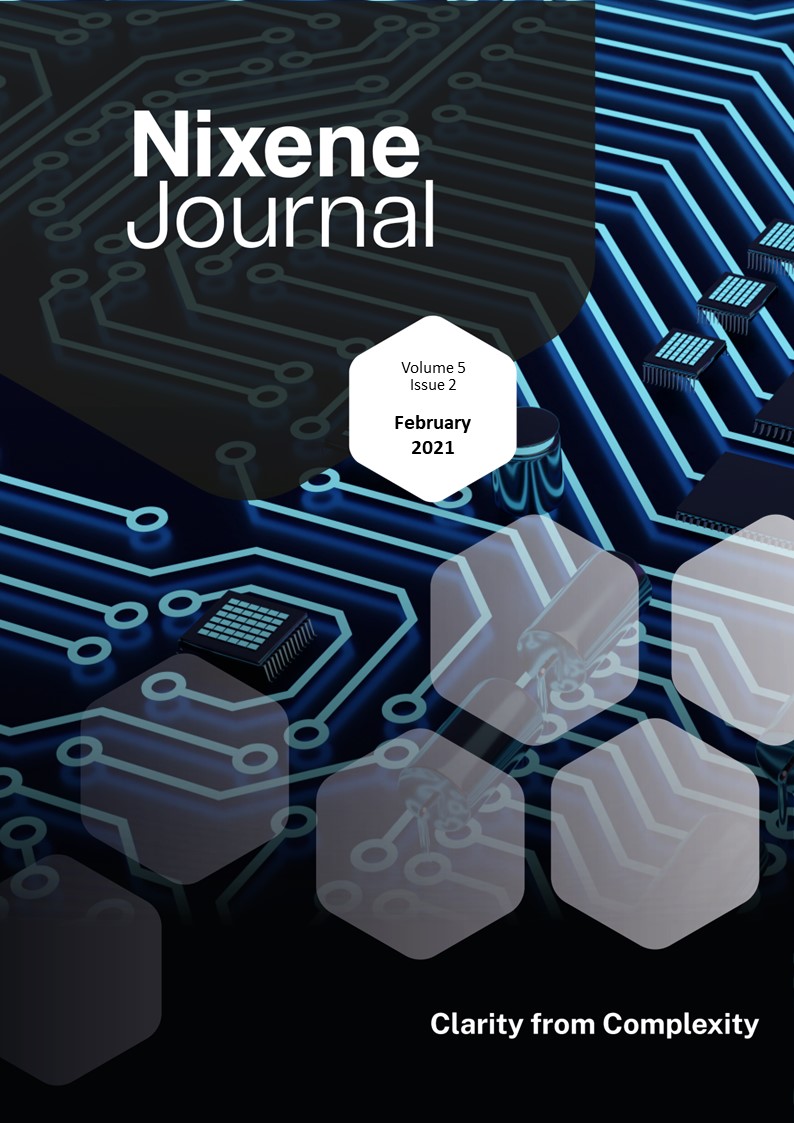
Vol 5 Issue 2
Regular readers will be aware of my view that the field of graphene is moving faster than anyone realises. More evidence supporting this emerged this month. A team at Penn State university in the USA has been working on experiments with passing sound waves through sheets of graphene with precise holes drilled in hexagonal patterns. They made the acoustic analogue of twisted bilayer graphene and found the acoustic equivalent of the magic angle. So, as well as twistronics for electrons we now have phononics for sound waves in twisted bilayer graphene, and probably other 2D materials. A new field of scientific study made possible by graphene the progress really is astonishing. The US Government is starting to wake up to the power of graphene. James Tour’s flash graphene is attracting the attention. The team now can take the waste char from plastic recycling and turn it in to graphene that improves the strength of cement by 30%. Rice University says the Air Force Office of Scientific Research and the Department of Energy supported the research. Trade magazines in the construction sector are also picking up on this. Another development by James Tour; Laser induced graphene is being used to make biosensors that detect and diagnose SARS-CoV-2 in blood and saliva samples. The test links to a smartphone and produces results in ten minutes. More work is being done with graphene supercapacitors. It looks like increasing the surface area of graphene nanoplates by increasing the separation between the nanoplates increases the energy density. Cross linking the nanoplates with a big molecule that is also electrically conductive improves the supercapacitor performance still further. Computer graphics card manufacturer, Gigabyte, has launched a new high end gaming card. Graphene is being used to improve the cooling performance, interestingly not using the thermal properties, but using graphene as a lubricant. Investors seem to be taking a more active interest in graphene companies. Ionic, the Australian supercapacitor manufacturer has received $2million to develop its manufacturing operation. In the UK Versarien has raised another £3.5million and Applied Graphene Materials has raised £6million in cash by selling more shares. This gives both companies some financial breathing room but also raises the pressure to deliver revenue growth. And there is lots more of interest in this packed issue. Adrian Nixon, 1st February 2021£45.00 View product -
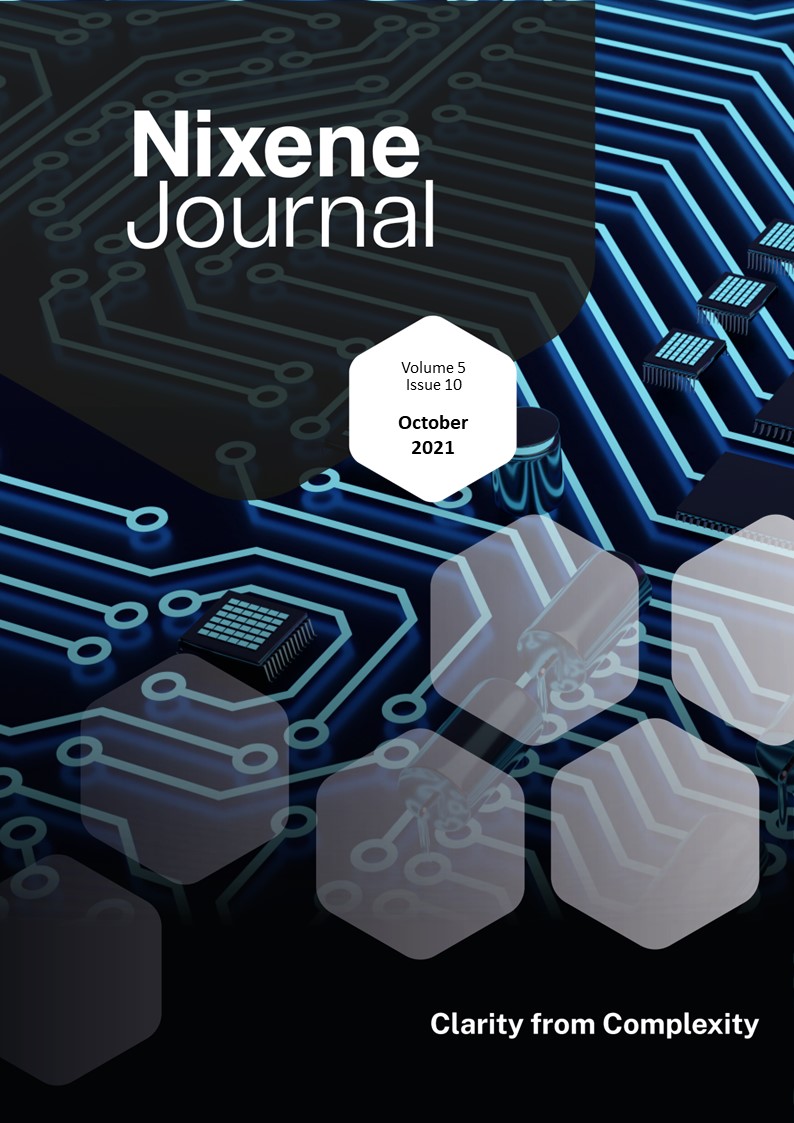
Vol 5 Issue 10
This month, five years ago, we created the first issue of this journal. Since then, we have created a fresh issue every month. Each has unique content. The pace of change in the world of graphene and 2D materials has not let up, if anything the pace is accelerating. This month, graphene nanoplate powders have been used in more commercial applications. Graphene enhanced concrete continues to make the news. Nationwide Engineering and the GEIC have been busy. The foundations for a significant residential development in the UK have been laid with Concretene. A parking bay next to the GEIC building in Manchester UK has also been laid and is the first external structure laid with graphene enhanced concrete and no reinforcing material. Clear story headlines are emerging about graphene enhanced concrete; Concretene • 30% reduction in CO2 emissions • 20% reduction in overall costs Graphene powders have been used to make heat spreaders for electronics. A high-end gaming smart phone and fast access SSD device has appeared on the market this month. Normal heat spreaders are too big for compact device designs, and this is where graphene has a unique advantage because it can create thin and thermally conducting components. Still with graphene nanoplate, a team in Australia has made a pressure sensor for shoe soles. The graphene creates an electrical signal from the pressure created by the wearer. This transmits a signal to a cloud-based AI that analyses the patterns in the data and can warn of conditions such as dementia and diabetes. This being our 5th Anniversary edition we have two special features on CVD graphene. The first examines the state of the art of CVD graphene manufacturing and explores the production cost trend. And finally, we have another special feature (p.9). We normally analyse research papers and condense them down to one page. This time we have created an academic quality paper that shows where CVD graphene manufacturing could be headed. We make the case for multi-layer large-area single crystal graphene. Current thinking is that this material is just graphite. We propose that this material is something entirely new and could even be the foundation for a whole new industrial revolution. Adrian Nixon, 1st October 2021£45.00 View product

